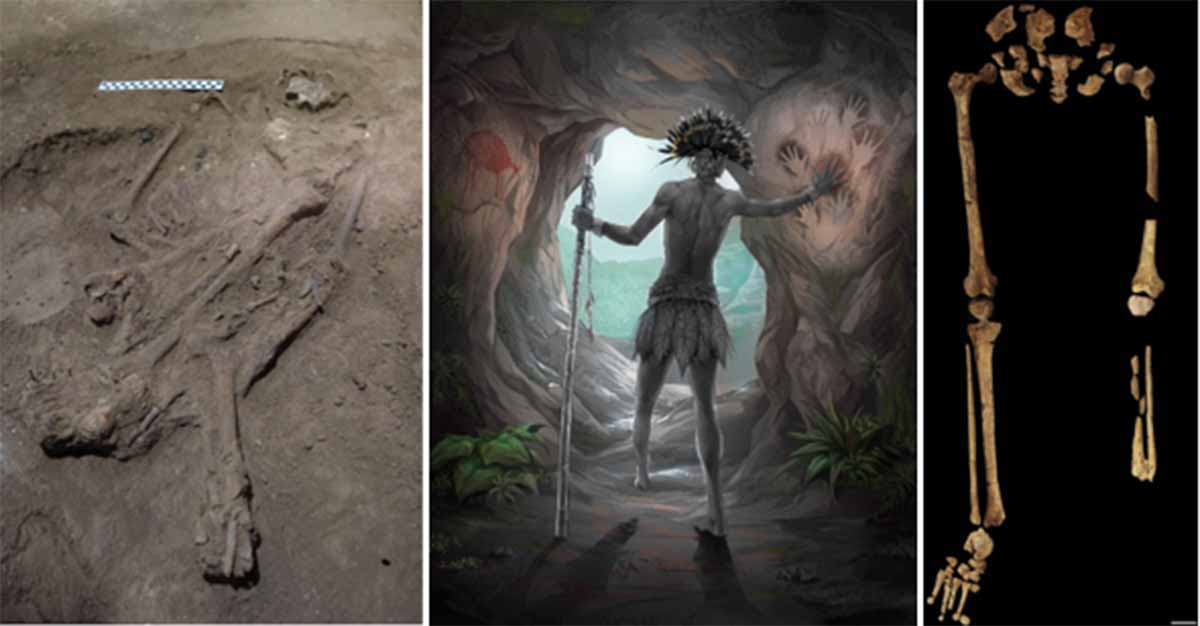Ancient Medicine: What Was the Earliest Surgery? (Video)
Around 30,000 years ago in Borneo, an ancient surgeon performed a groundbreaking operation on a child with a severe leg injury. Using rudimentary tools likely made of stone, they skillfully severed the bones in the child's leg, navigating through delicate tissues to prevent fatal blood loss or shock. This remarkable feat, considered the earliest known surgical procedure, predates previous estimations of humanity's advancement in medical practices.
- Eight Impressive but Terrifying Cases of Ancient Surgery
- Evidence of Ear Surgery From 5,300 Years Ago Discovered in Spain
Before this discovery, it was widely believed that major medical innovations emerged with settled agricultural societies around 7000 years ago. However, the Borneo finding challenges this notion, suggesting that advanced medical knowledge existed much earlier. The evidence from the meticulously buried remains of the amputee reveals deliberate and skilled surgical intervention, indicating a level of medical expertise previously unrecognized in ancient times.
This revelation prompts a reevaluation of the origins of medical practices. While conclusive evidence of surgical procedures or medicinal treatments among other hominins remains elusive, observations of self-medication in non-human animals, particularly chimpanzees, hint at the evolutionary roots of medical behavior predating Homo sapiens. These discoveries shed light on the enduring human traits of ingenuity, resourcefulness, and compassion, suggesting that the practice of medicine may be as ancient as humanity itself.
Top image: Left: Liang Tebo burial features of the 29000-BC amputee of Borneo, Indonesia: a) A single adult inhumation (TB1); the skull is to the right of the scale bar; Middle: Artist ‘s impression of Tebo1, the oldest amputee on record; Right: Surgically amputated site of the left tibia and fibula showing the evidence of amputation. Source: Maloney, et al. / Nature; Jose Garcia (Garciartist) and Griffith University / Nature; Maloney, et al. / Nature

















